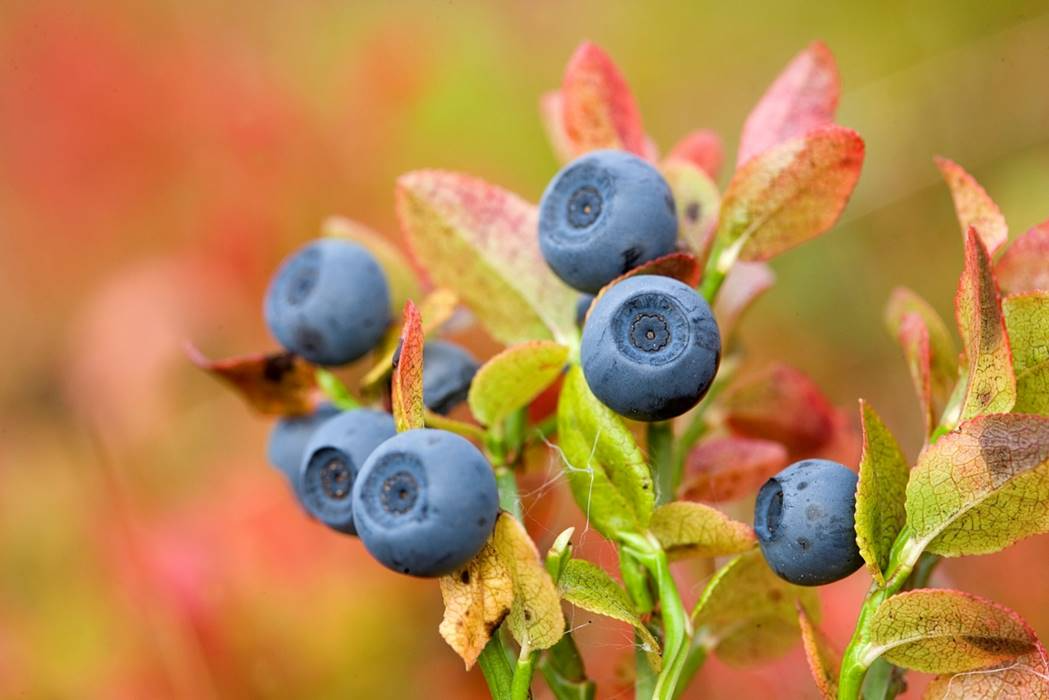Welcome to VacCAP for All, a series that brings you VacCAP research summarized into accessible, everyday language. This issue’s write-up is courtesy of Dr. David Chagné, Co-PI and Science Group Leader of Molecular & Digital Breeding at Plant & Food Research in New Zealand.

Bilberry (Vaccinium myrtillus L.) is prized for its taste and health properties and has provided essential nutrition for Northern European indigenous populations. It contains high concentrations of phytonutrients, with perhaps the most important being the purple-colored anthocyanins, found in both skin and flesh.
Unlike its cultivated relatives, bilberry remains largely undomesticated, with berry harvesting almost entirely from the wild. As such, it is ideal for genomic analysis, providing comparisons with the domesticated Vaccinium species.
The bilberry genome assembly sequenced by a team from Plant & Food Research and VacCAP researchers, builds on the genomic resources and knowledge of Vaccinium species, to help understand the genetics underpinning some of the quality attributes that breeding programs aspire to improve. The conservation of genome structure between bilberry and blueberry genomes means that comparative genome mapping can be applied to transfer knowledge about marker-trait association between these two species, as the loci involved in key characters are orthologous (genes in different species that evolved from a common ancestral gene by speciation).













